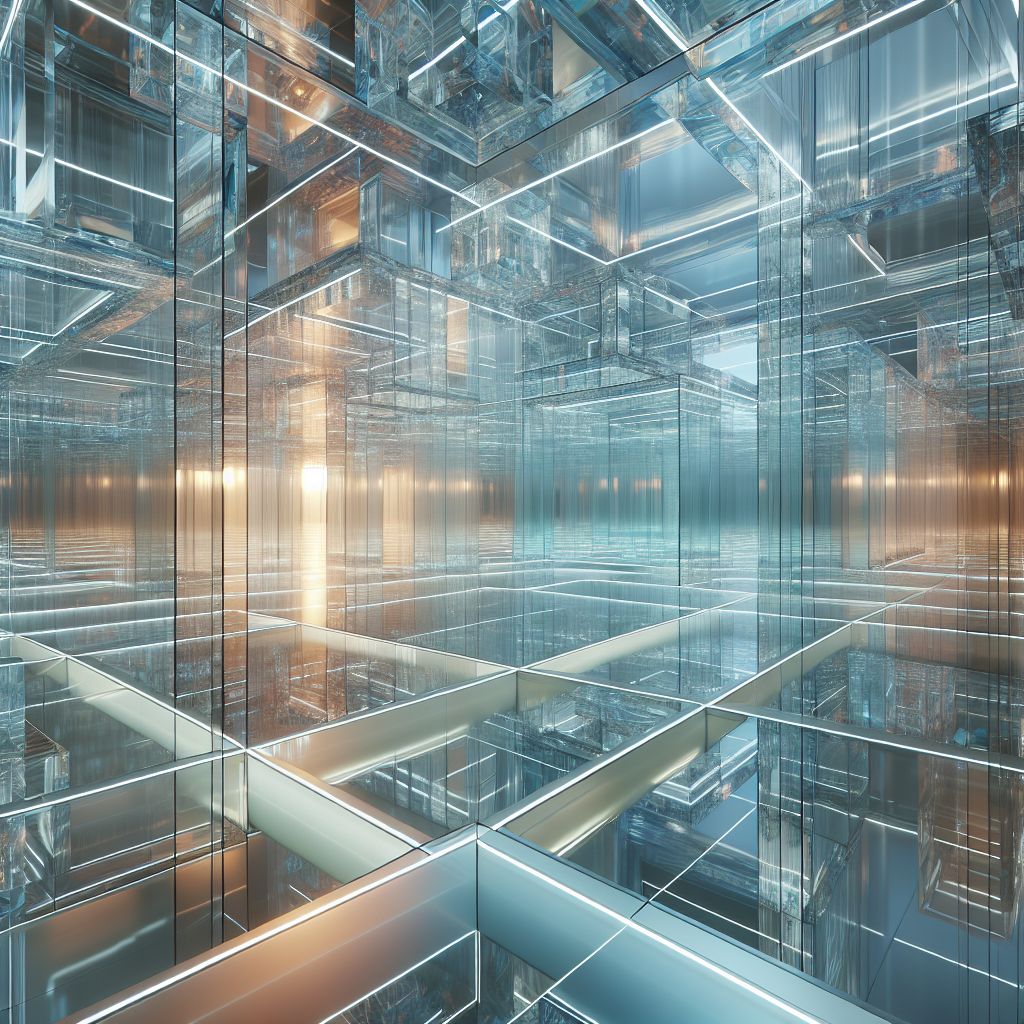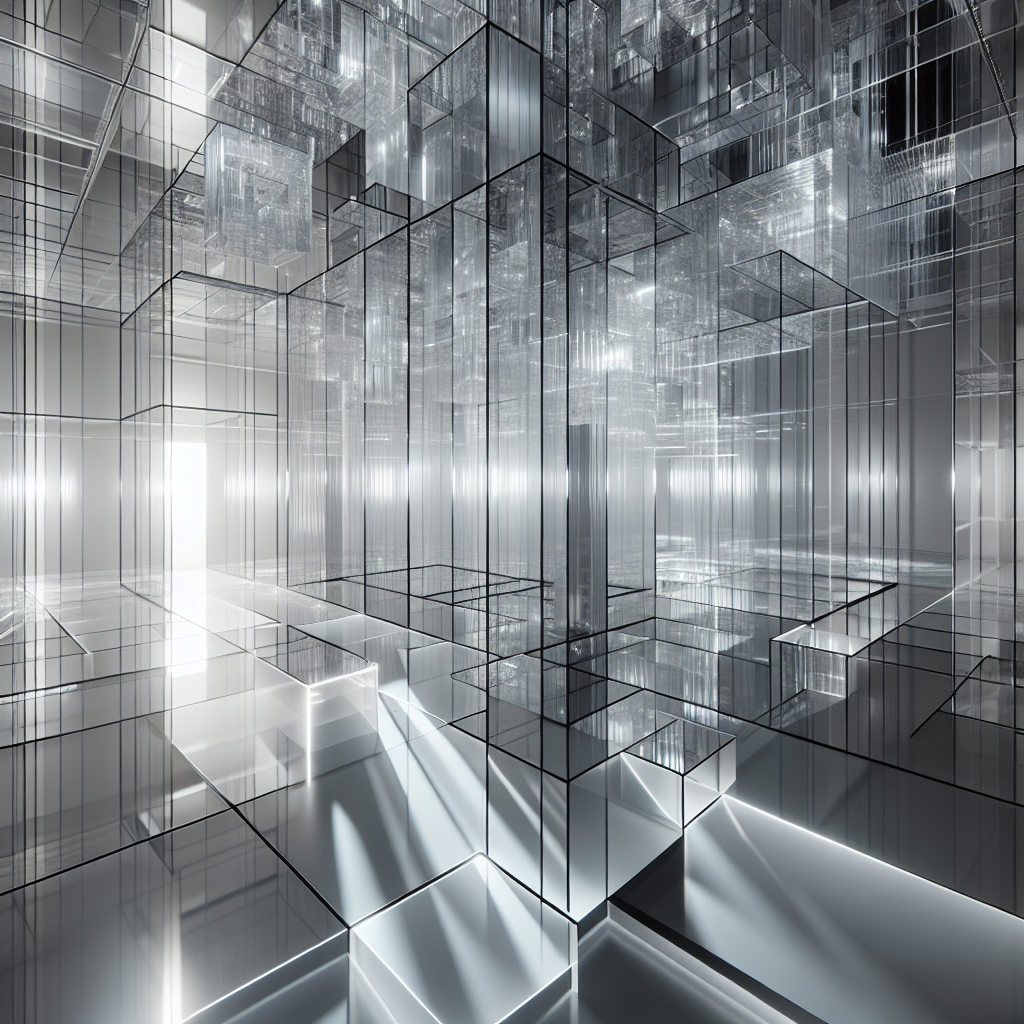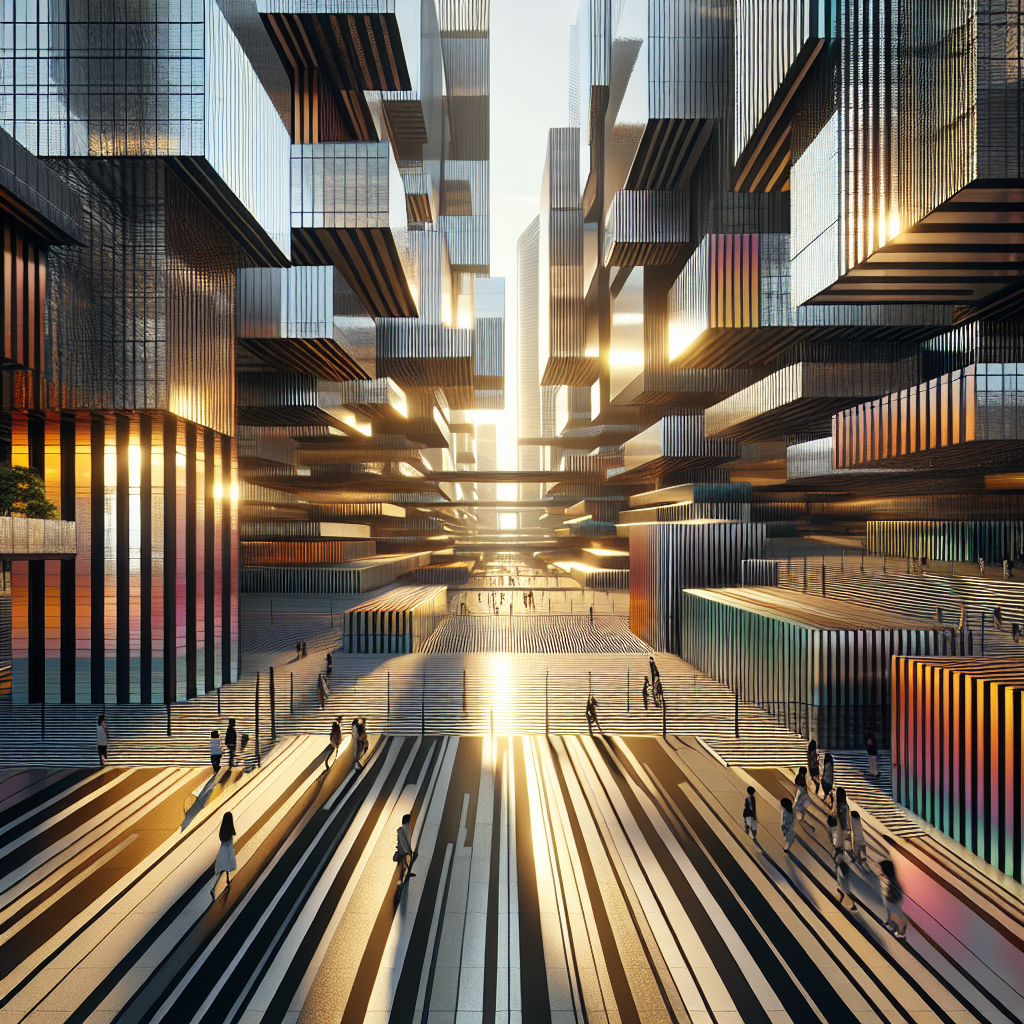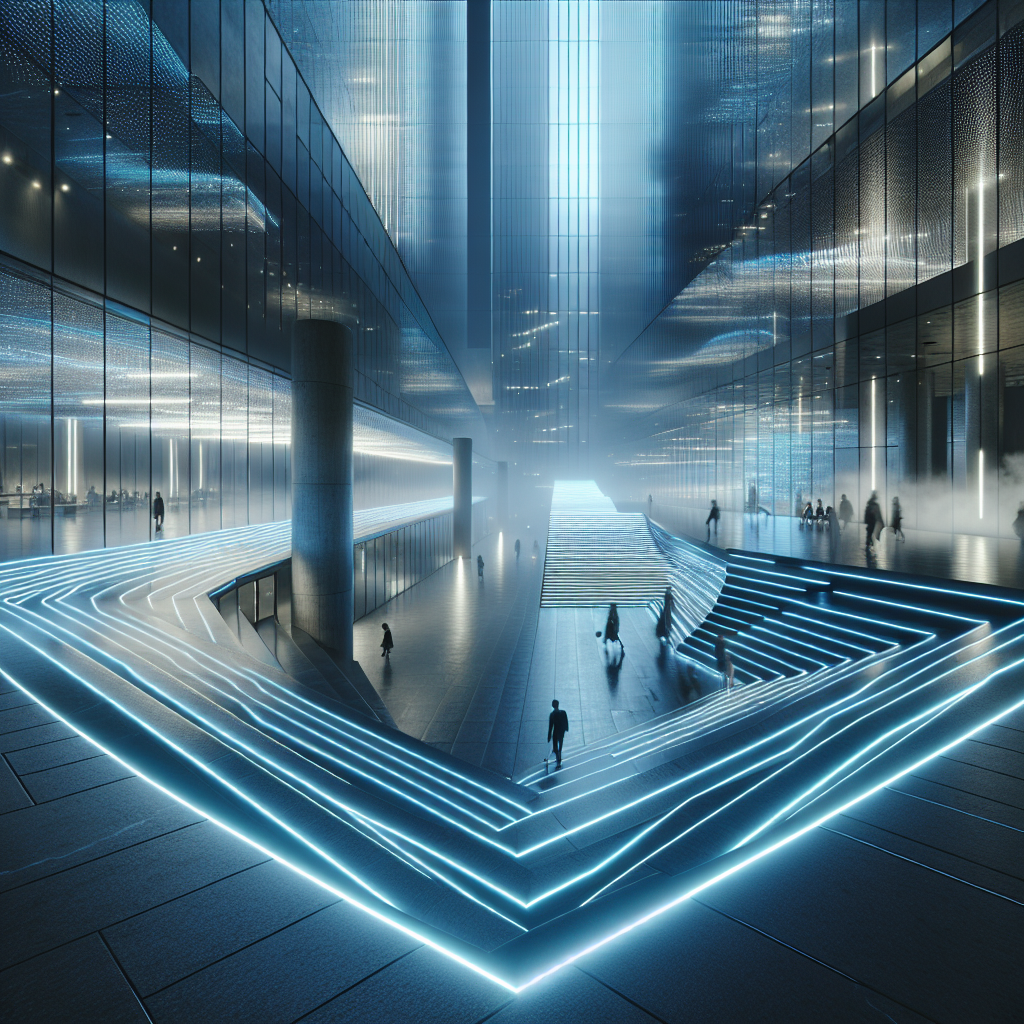Plexiglass illusions entire: rooms dedicated to a single hue
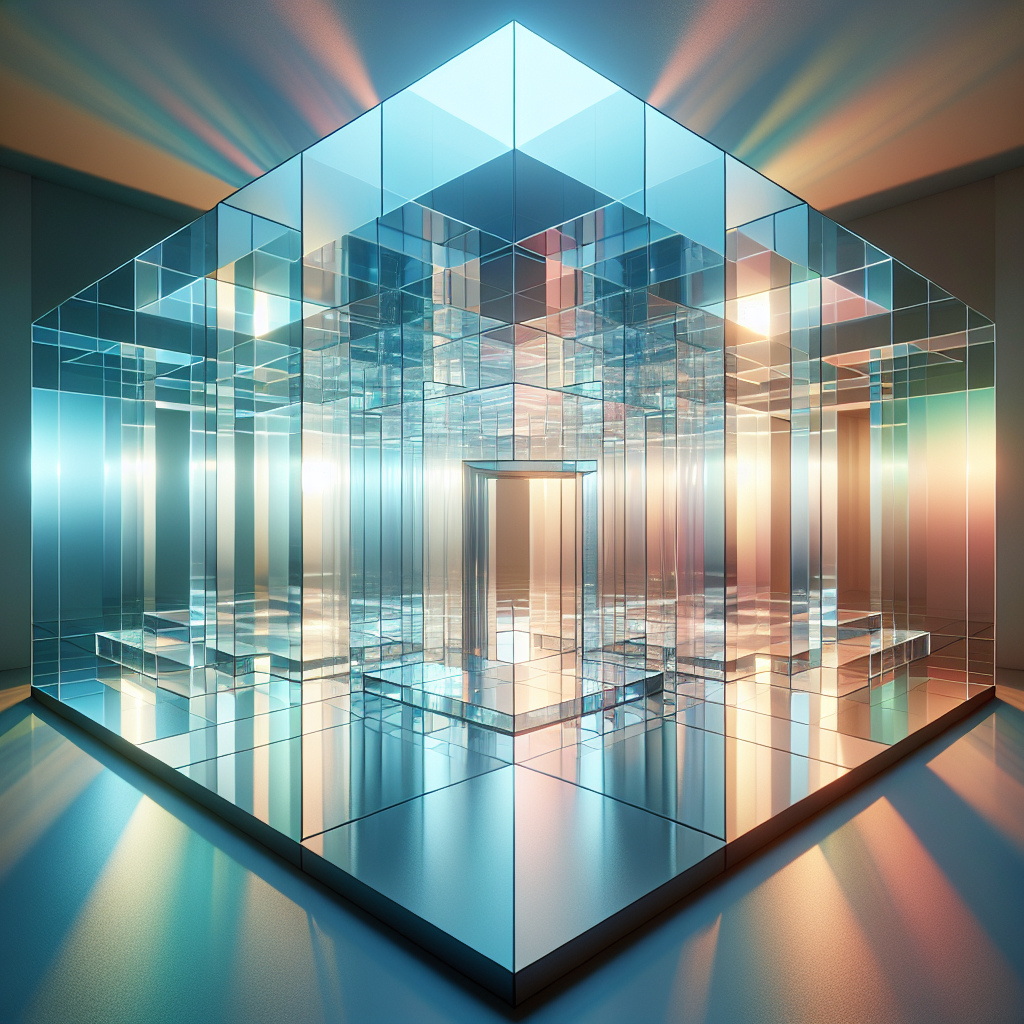
In the evolving landscape of contemporary interiors, a new phenomenon is captivating architects, designers, and curators alike: plexiglass illusions entire—immersive rooms dedicated to a single hue, constructed with layers of translucent acrylic. These chromatic environments are not mere aesthetic experiments; they are carefully orchestrated sensory experiences that blur the boundaries between art installation, interior design, and architectural innovation. By saturating a space in one dominant color, designers harness the psychological and perceptual effects of hue, while plexiglass, with its ability to refract, reflect, and glow, becomes the perfect medium for creating surreal, otherworldly atmospheres.
The Rise of Monochromatic Immersion
Monochrome interiors are not new—Le Corbusier’s “Polychromie Architecturale” and the radical experiments of the Bauhaus already explored the power of color as a spatial tool. Yet, what distinguishes today’s plexiglass color rooms is their totality. Unlike painted walls or colored textiles, plexiglass offers a luminous depth, filtering light in ways that transform entire environments into immersive chromatic chambers. Visitors do not simply see a color; they are enveloped by it, moving through a prism-like field where perception shifts with every step.
This trend resonates with the broader resurgence of monochrome in design, a theme explored in single-tone symphonies. Yet plexiglass amplifies the effect, creating not just a stylistic gesture but a full-bodied, sensorial encounter.
Plexiglass as a Medium of Illusion
Plexiglass—or polymethyl methacrylate (PMMA)—is prized for its transparency, durability, and malleability. Unlike traditional glass, it can be easily tinted, layered, and shaped, making it a versatile material for experimental interiors. When stacked in panels or used as partitions, plexiglass produces optical illusions: walls that appear solid yet glow from within, corridors that stretch endlessly, or ceilings that seem to dissolve into colored mist.
The effect is akin to walking inside a giant light filter. Imagine a room entirely saturated in cobalt blue plexiglass: daylight streams through, refracted into velvety shadows, while artificial lighting at night makes the space pulse like a gemstone. In a crimson environment, the air itself feels warmer, charged with intensity. A pale amber chamber, by contrast, radiates calm, evoking the timeless serenity of color psychology in spatial design.
Psychological and Sensory Dimensions
The human brain is acutely sensitive to color. Studies in environmental psychology suggest that monochromatic spaces can significantly influence mood, focus, and even physiological responses. For instance, red-dominated environments can accelerate heart rate, while blue rooms often reduce stress and enhance concentration. By layering plexiglass in a single hue, designers intensify these effects, creating hyper-saturated atmospheres that heighten awareness of space and self.
This approach aligns with the growing interest in biophilic design and its impact on human health, where sensory engagement is central to well-being. While biophilia draws on nature, plexiglass monochromes explore the artificial sublime—spaces that feel both futuristic and meditative.
Case Studies: From Galleries to Retail
Several recent projects illustrate the versatility of plexiglass color rooms:
- Art Installations: At international design fairs, immersive monochrome chambers have become crowd-pulling experiences. A magenta plexiglass cube, for example, transforms visitors into silhouettes against glowing walls, creating a living artwork where people themselves become part of the composition.
- Retail Environments: Luxury fashion houses have embraced plexiglass monochromes for pop-up stores. A boutique bathed entirely in emerald green plexiglass not only showcases garments but also reframes them within a surreal chromatic universe, heightening their exclusivity.
- Hospitality Spaces: Experimental hotels are incorporating single-hue plexiglass lounges, where guests can unwind in spaces that feel detached from ordinary reality, almost like stepping into a digital rendering brought to life.
Technology and Innovation
The impact of plexiglass illusions is magnified by technological integration. LED lighting embedded within panels allows for subtle gradations or dramatic shifts in tone, creating chromatic illusions in interior lighting. Augmented reality overlays can further extend the experience, enabling visitors to see digital projections interacting with the translucent surfaces. This hybridization of material and technology echoes the broader trajectory of augmented reality in design innovation, where physical and digital layers converge.
Critical Perspectives
While undeniably seductive, plexiglass monochromes raise questions about sustainability and longevity. Plexiglass is a petroleum-based material, and its ecological footprint cannot be ignored. Designers are increasingly exploring recycled acrylics or biodegradable alternatives to reconcile aesthetics with environmental responsibility. The conversation mirrors debates around circular economy in architecture, where material choices must balance innovation with responsibility.
There is also the matter of permanence. Should these spaces be considered temporary installations, designed to dazzle and then dismantle, or can they be integrated into long-term architectural programs? Some critics argue that the intensity of single-hue plexiglass rooms may overwhelm if lived in daily, suggesting their best application lies in transitional or experiential spaces rather than permanent dwellings.
The Future of Chromatic Architecture
The allure of plexiglass illusions lies in their ability to reframe our relationship with color and space. They are part of a broader cultural shift toward experiential design, where environments are not just functional but transformative. In an era when digital screens dominate visual culture, stepping into a physical room that feels like an immersive filter offers a rare, tactile form of wonder.
Looking ahead, we may see plexiglass monochromes integrated into wellness centers, meditation rooms, or even therapeutic environments, where color immersion could be harnessed for psychological benefit. Simultaneously, architects may experiment with hybrid materials—combining plexiglass with wood, stone, or textiles—to temper its artificiality and create richer, more layered atmospheres.
Conclusion: A Chromatic Frontier
Plexiglass illusions entire—rooms dedicated to a single hue—represent a bold frontier in contemporary design. They are at once architectural experiments, sensory laboratories, and cultural spectacles. For designers and architects, they offer a powerful reminder that color is not merely a surface treatment but a spatial force, capable of shaping perception, emotion, and memory. In their glowing, translucent depths, we glimpse the future of interiors: immersive, transformative, and unapologetically chromatic.

